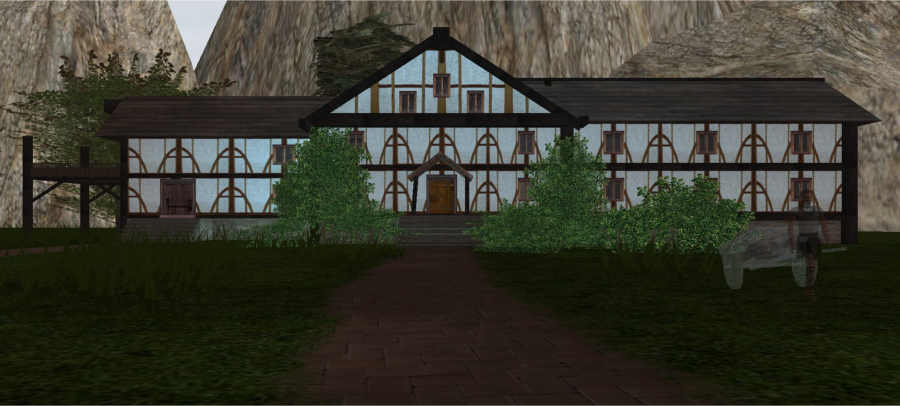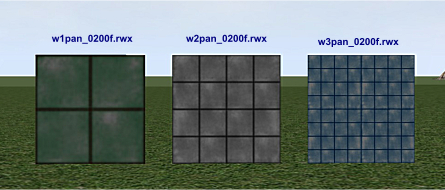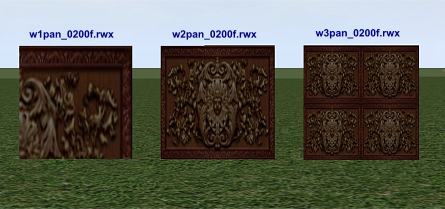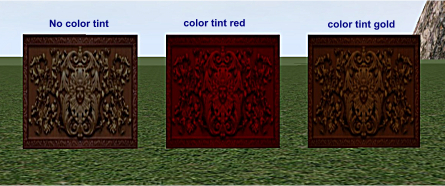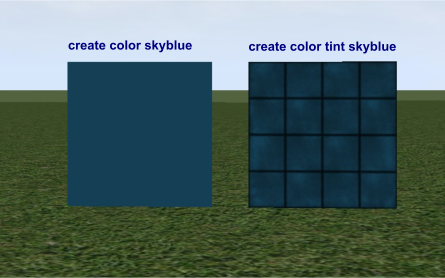using textures,color, color tint, and solid/visible options
Very often, objects that you are using in your builds just don't quite look like what you want them to. In this issue, we will explore some options using a variety of simple commands that will enable you to dramatically change the look of an object. You may have used them, but if so, consider this a review. We will be looking at create texture, create color, create color tint, create visible off/on, create solid off/on.
